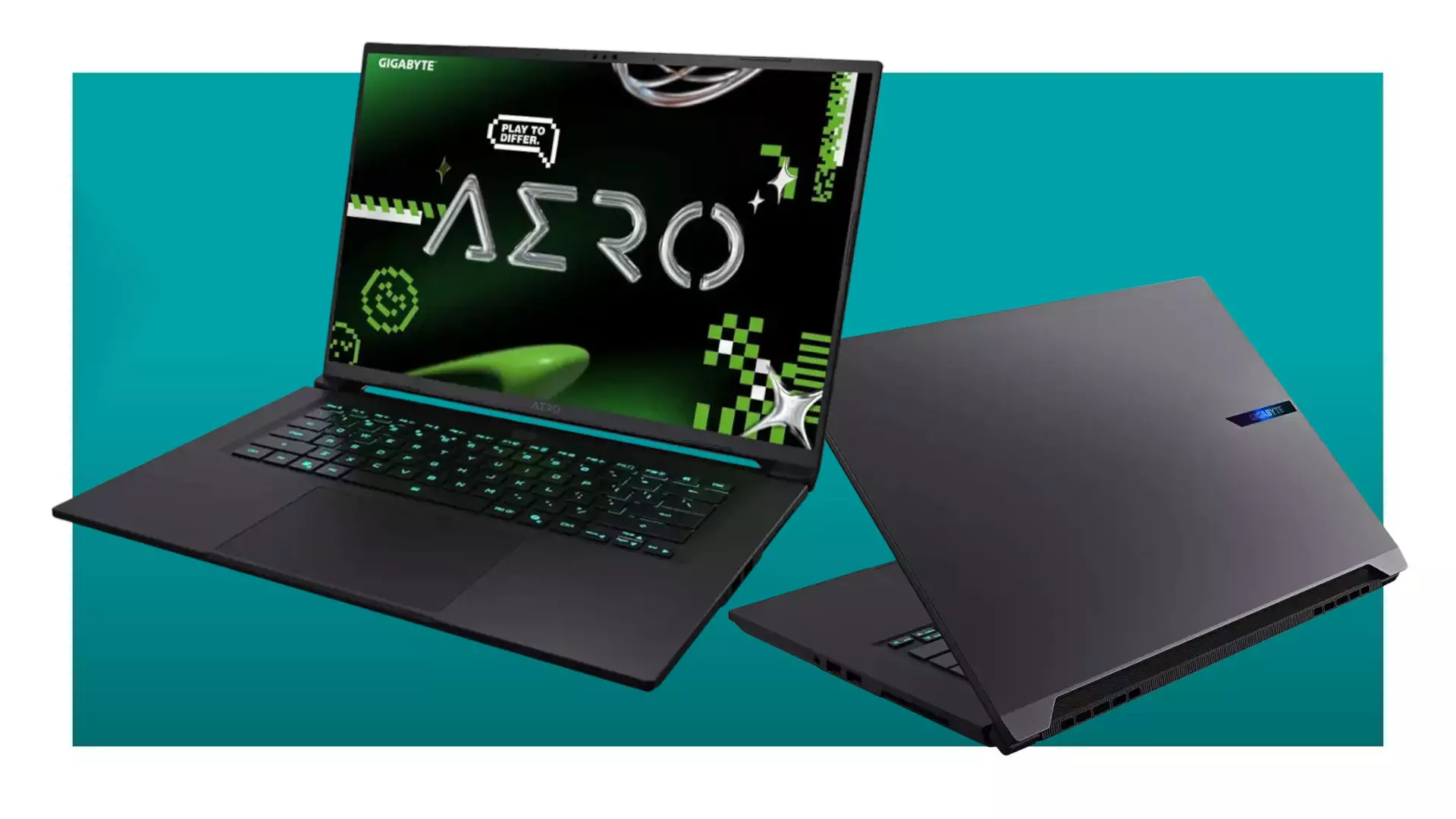The gaming laptop industry is fiercely competitive, a double-edged sword that offers consumers a treasure trove of options but also presents a daunting landscape to navigate. This cutthroat environment fuels rapid innovation and drives manufacturers to push boundaries, which is undeniably beneficial for gamers craving top-tier performance and value. However, it also means that discerning the best choice requires a discerning eye and a critical mindset. Manufacturers often release products with nearly identical core specifications, complicating the decision-making process and risking consumer overwhelm. Such scenarios highlight the importance of in-depth analysis beyond surface-level features, demanding that buyers understand what truly matters in a gaming laptop’s architecture. The abundance of options necessitates a vigilant approach that scrutinizes not just hardware specs but also compatibility, software support, and long-term performance, emphasizing that the best choice isn’t necessarily the most expensive or most hyped product.
Silence the Noise: The Significance of Visuals and Hardware Synergy
When exploring high-performance gaming laptops, one of the most compelling aspects to evaluate is the display. In an era where immersive visuals can significantly elevate gameplay, a high-resolution, high-refresh-rate screen becomes indispensable. The Gigabyte Aero X16 exemplifies this, featuring a 16-inch IPS panel with a 2560 x 1600 resolution and a 165 Hz refresh rate. Such specifications promise vibrant visuals and smooth motion, rendering gaming an almost cinematic experience. Nevertheless, the true value of this display hinges on the GPU that powers it. The differentiation between the RTX 5060 and RTX 5070 models isn’t just about raw numbers; it’s about how well these GPUs complement the display’s capabilities. The more powerful RTX 5070 with enhanced shaders and CUDA cores aligns harmoniously with the 1600p resolution, ensuring players don’t have to compromise in quality or performance. This synergy underscores a broader insight: a balanced combination of hardware components is crucial for unlocking the full potential of high-end displays, and investing in a GPU that can handle the visual demands of Tomorrow’s games is a wise move.
Choosing Your Weapon: Evaluating the Cost-Performance Equation
One of the most intriguing aspects of the Gigabyte Aero X16 options is their nearly identical design and internals, with the sole differentiator being the GPU. The RTX 5060 version provides a solid entry point into gaming at a more accessible price, which makes it an attractive option for budget-conscious enthusiasts. Conversely, the RTX 5070 variant, priced only marginally higher, embodies the philosophy of paying a premium for future-proofing and enhanced visual fidelity. From a strategic standpoint, this raises questions about the true value of spending extra, especially considering that the base model already packs commendable specs, including a robust AMD Ryzen AI 7 processor, ample RAM, and fast SSD storage. However, the incremental upgrade to a more potent GPU fundamentally transforms the gaming experience, offering smoother gameplay, improved anti-aliasing, and the flexibility to play at higher quality settings without sacrificing performance. It reveals a core principle in tech acquisition: a small investment differential can unlock significantly better long-term performance, making the upgrade almost a necessity for serious gamers.
Beyond Hardware: The Art of Making an Informed Choice
Choosing between two closely matched gaming laptops involves not only comparing technical specifications but also considering software support, thermal management, and overall build quality. In this scenario, the marginal price difference makes the RTX 5070 the clear winner, provided budget permits. Nonetheless, gamers should also evaluate their specific needs—whether it’s casual gaming, esports, or AAA titles—and whether improvements in GPU power will truly be utilized. Moreover, factors such as battery life, portability, and ecosystem compatibility can influence overall satisfaction with the purchase. A critical thinker will also weigh the long-term benefits of investing in the higher-tier GPU, particularly in the context of upcoming game releases demanding more from hardware. Ultimately, the decision becomes a balance between immediate cost savings and future gaming potential, emphasizing that a superficial comparison is insufficient for a truly optimal choice.
In the end, the landscape of gaming laptops exemplifies how competition fuels innovation but also complicates consumer choices. Recognizing the subtle yet impactful differences—like the GPU upgrade—enables gamers to align their purchase with personal priorities and gaming ambitions. The Gigabyte Aero X16 illustrates that sometimes, the smartest decision lies in understanding what each component genuinely brings to the table and how it translates into the gaming experience. Far from being just about specs, it’s about crafting a personalized approach, ensuring that every dollar spent enhances both performance and enjoyment, turning a simple machine into an entryway for endless gaming adventures.

